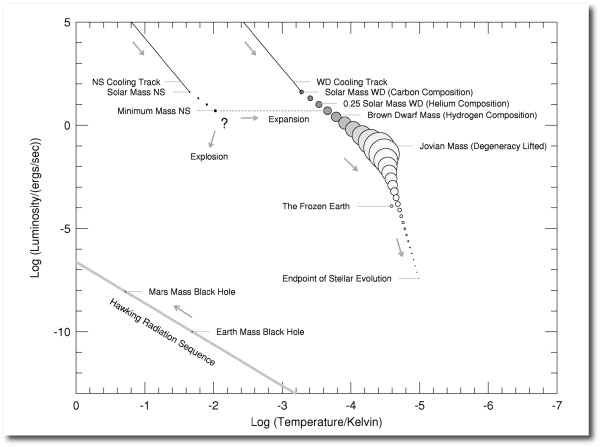‘Oumuamua’s encounter with the inner solar system is dying down on Twitter, yet still it bristles with consequence and the uneasiness of unanswered questions. Why no coma?
Occam’s razor is a dull instrument that points almost unerringly to the mundane (as opposed to pointing to interstellar probes). One thus draws several conclusions. (1) ‘Oumuamua’s aspect ratio is substantially less than 10:1. (2) Billions of years in the interstellar environment lead to the buildup of a tarry crust that resists temporary heating, and this process is enhanced for comet-like planetesimals that form in systems with supersolar C/O ratios. (3) Most stars have true-Neptune analogs.
The resulting prediction is that slightly tweaked ongoing surveys, and soon LSST, should start turning up interstellar asteroids and perhaps interstellar comets with some frequency. If another one is found in the near-term, it would be interesting to look at the optimal mission designs that could accomplish an opportunistic sample-return.
From ‘Oumuamua’s perspective, the close encounter with the Sun was a near-indescribable stroke of luck. To scale, the stars of the galactic disk are like grains of sand separated by miles and crawling through space at a few feet per year. The Galaxy is the archetypal collisionless fluid. Vaulting from ‘Oumuamua’s current encounter to its next connects the all too human interval of waking-up-at-3AM anxieties — the scale of days and months — to the frigid waste of a quadrillion years.
Why cold? When fusion has ended, dark matter annihilation and proton decay take over, and both (while uncertain) are certainly slow processes. Grand Unified Theories predict that proton decay should occur, but so far, there is no experimental evidence. The lower bounds on the proton half-life are ~10^34 years via the sluggishly competing processes of positron and muon decay.
If the proton were completely stable, the end states of stars present a curious state of affairs. Black holes of stellar mass, which are much more tightly bound than degenerate stars, will evaporate through the Hawking effect with a lifetime of “only” 10^66 years Although this time scale is aggressively long compared to the current 13.8-billion year age of the universe, it would be odd if black holes are ephemeral while white dwarfs and neutron stars are forever.
While jarring, this possible divergence of lifetimes is not exactly a matter of pressing concern. Two decades, ago, however, Fred Adams and I had priorities that were definitely skewed toward the really long term. Along with Manasse Mbonye and Malcom Perry, we looked into how quantum tunneling into black holes can erode white dwarfs. In Freeman Dyson’s 1979 article, Time Without End, it is pointed out that an otherwise stable white dwarf will spontaneously tunnel into a black hole on a time scale of order 10^10^76 (!) years. In our article, we argued that the whole star need not make the plunge at once, and that a 10^45 year half-life is a plausible value for black-hole induced proton decay. This has the added benefit of enabling a Hertzsprung-Russell diagram that traces stellar evolution to its absolute bitter end.


